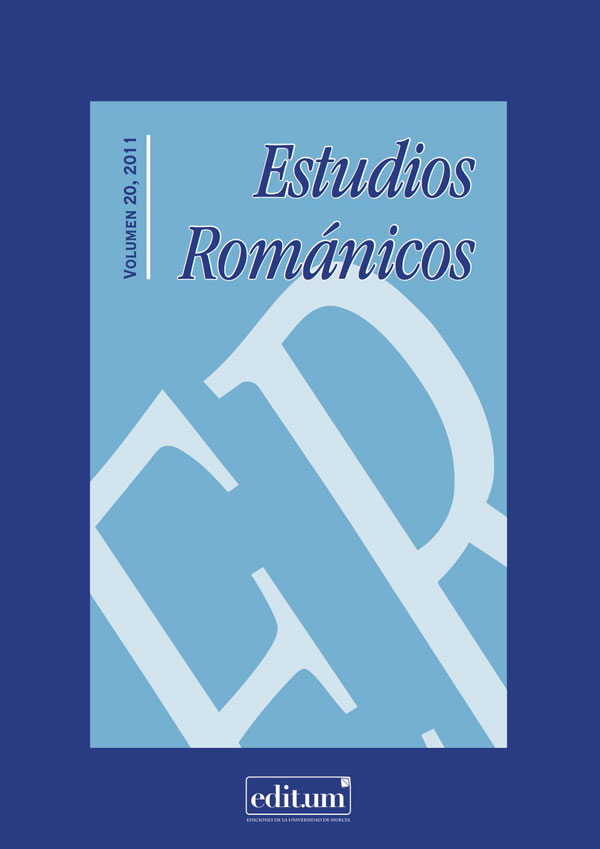La nécessité de la non-conformité narrative et générique pour représenter l’indicible dans Si c’est un homme de Primo Levi
Abstract
This article studies the fragmented narrative and the ambiguity of the generic system of Primo Levi’s novel: Si c’est un homme. The narrative and the generic structure of this novel create new ways in order to represent the inexpressible. For Levi, Auschwitz re- presents at the same time chaos and order, as much linguistically as on the narrative structure of the text. Also, on the plan of the writing, a too perfect and classical language contradicts an essential principle for Levi: «the necessity of an imperfectionate writing», that is to say of nonconformity on narrative and generic plan. To such a point that the writing and the disordered structure of Levi’s work constitutes a perspective to attain the untouchable and finally to confront the reality of the concentration camps. In effect, Levi is persuaded of the force of the imperfectionate writing of representing the inexpressible. Besides, the structure of Si c’est un homme, the nonconformity of its type and of its style encourage the reader to imagine the real situation of the transported convicts.Downloads
-
Abstract309
-
PDF (Español (España))165
Las obras que se publican en esta revista están sujetas a los siguientes términos:
1. El Servicio de Publicaciones de la Universidad de Murcia (la editorial) conserva los derechos patrimoniales (copyright) de las obras publicadas, y favorece y permite la reutilización de las mismas bajo la licencia de uso indicada en el punto 2.
2. Las obras se publican en la edición electrónica de la revista bajo una licencia Creative Commons Reconocimiento-NoComercial-SinObraDerivada 3.0 España (texto legal). Se pueden copiar, usar, difundir, transmitir y exponer públicamente, siempre que: i) se cite la autoría y la fuente original de su publicación (revista, editorial y URL de la obra); ii) no se usen para fines comerciales; iii) se mencione la existencia y especificaciones de esta licencia de uso.
3. Condiciones de auto-archivo. Se permite y se anima a los autores a difundir electrónicamente las versiones pre-print (versión antes de ser evaluada) y/o post-print (versión evaluada y aceptada para su publicación) de sus obras antes de su publicación, ya que favorece su circulación y difusión más temprana y con ello un posible aumento en su citación y alcance entre la comunidad académica. Color RoMEO: verde.












